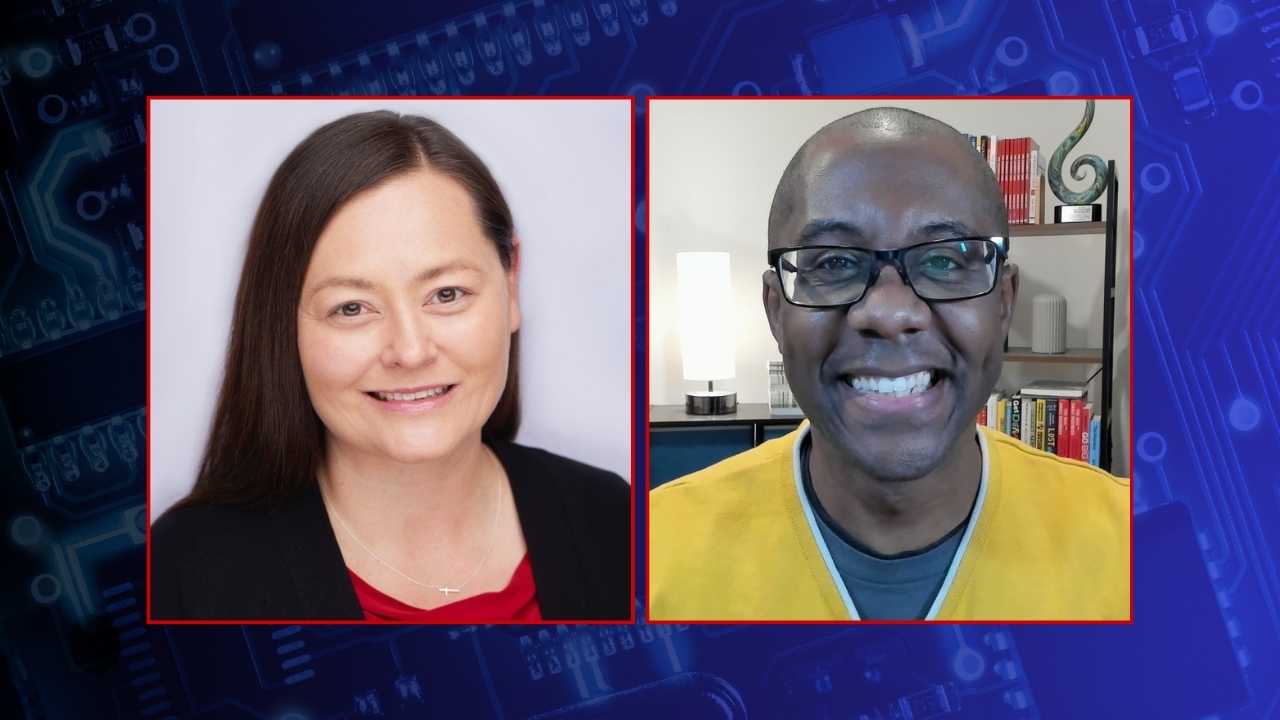Big Lots, a discount furniture retailer is filing for chapter 11 bankruptcy protection. This happens. But it got me thinking when should a small business think about bankruptcy. When should it not?
It has mostly posted losses for the last two years, leading to store closures, writes LinkedIn News.
Understanding Chapter 11 Bankruptcy
Small business owners facing financial difficulties often find themselves at a crossroads. Chapter 11 bankruptcy emerges as a potential lifeline for those seeking to restructure their debts and continue operations. Unlike Chapter 7 bankruptcy, which typically leads to liquidation, Chapter 11 offers a path to reorganization and a fresh start.
The Filing Process
Initiating Chapter 11 bankruptcy begins with filing a petition in federal bankruptcy court. Business owners must provide detailed financial statements, including assets, liabilities, income, and expenditures. The court then assigns a trustee to oversee the case and ensure compliance with bankruptcy laws.
Developing a Reorganization Plan
The heart of Chapter 11 bankruptcy lies in the reorganization plan. Business owners work with their attorneys to craft a strategy that outlines how they’ll repay creditors and restructure operations. This plan typically includes:
- Renegotiating leases and contracts
- Restructuring debt payments
- Selling non-essential assets
- Streamlining operations to reduce costs
The court must approve this plan, and creditors have the opportunity to vote on it. A successful plan balances the interests of the business, its creditors, and its employees.
Debtor-in-Possession Status
During Chapter 11 proceedings, business owners usually retain control of their companies as “debtors-in-possession.” This status allows them to continue day-to-day operations while working through the bankruptcy process. However, major financial decisions require court approval.
The Automatic Stay
One immediate benefit of filing Chapter 11 is the automatic stay. This legal provision halts all collection activities, giving business owners breathing room to focus on reorganization without the pressure of creditor actions.
Emerging from Bankruptcy
Successfully navigating Chapter 11 bankruptcy culminates in the business emerging with a more manageable debt load and a sustainable operational structure. This process can take several months to over a year, depending on the complexity of the case.
Weighing the Pros and Cons
Chapter 11 bankruptcy offers a chance at a fresh start, but it comes with challenges. Business owners should consider:
- The cost of legal and administrative fees
- The potential impact on credit scores and future borrowing capacity
- The strain on relationships with suppliers and customers
Despite these challenges, for many small businesses, Chapter 11 bankruptcy provides a viable path to financial recovery and long-term sustainability.
Seeking Professional Guidance
Navigating Chapter 11 bankruptcy requires expertise. Small business owners should consult with experienced bankruptcy attorneys and financial advisors to determine if this option aligns with their goals and to guide them through the complex process.
By understanding the intricacies of Chapter 11 bankruptcy, small business owners can make informed decisions about their financial future and potentially save their enterprises from closure.
Related articles:











